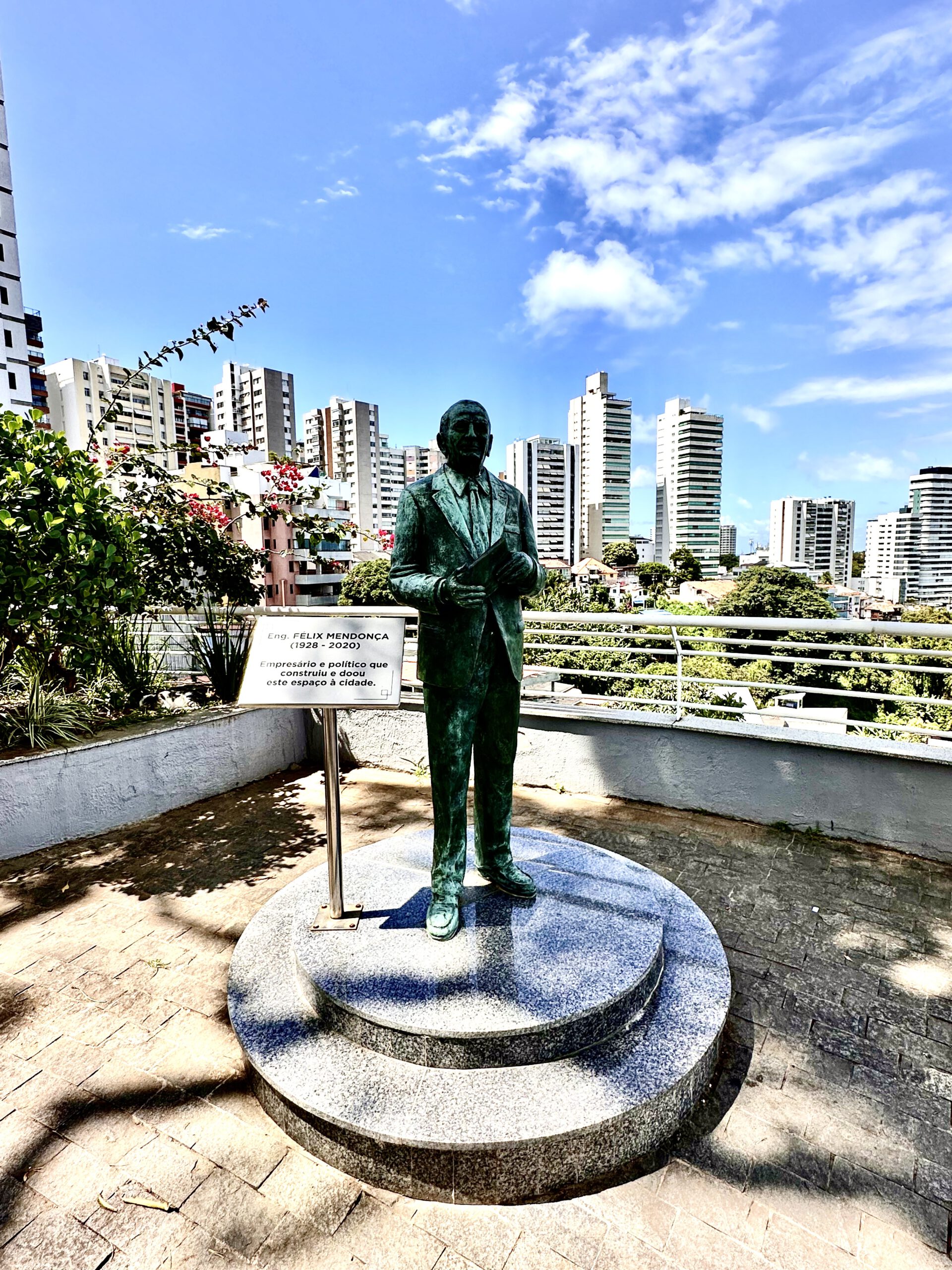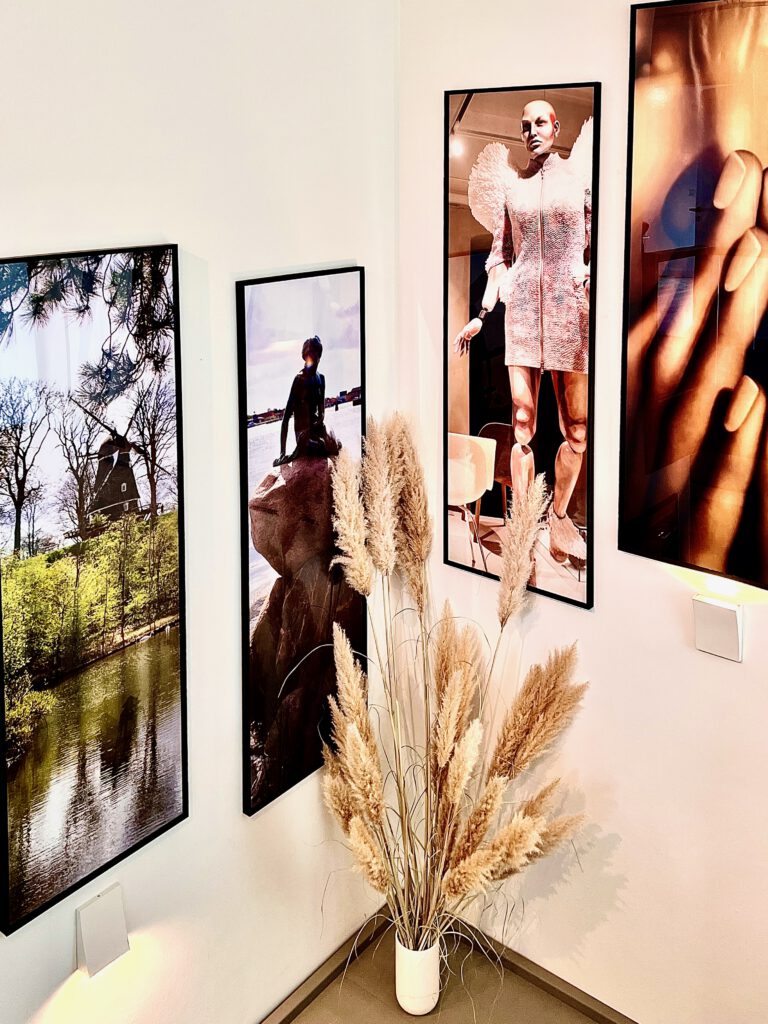Saphenion®: Von radikaler Chirurgie zum Kleben von Krampfadern
Seit 119 Jahren wird das radikalchirurgische „Stripping“ – das Herausziehen der Stammkrampfader – durchgeführt. Bis heute wird es in Deutschland unverändert zu einem der Standardverfahren moderner Krampfadertherapie erklärt. Für uns Grund genug, einmal in alten Operationslehrbüchern zu blättern, um damalige Alternativverfahren zu finden und auf die neuen Standardverfahren hinzuweisen.
For 119 years, the radical surgical „stripping“ – the extraction of the truncal varicose vein – has been performed. To this day, it is still declared one of the standard procedures of modern varicose vein therapy in Germany. For us, this is reason enough to leaf through old surgical textbooks to find alternative procedures of the time and to point out the new standard procedures.





